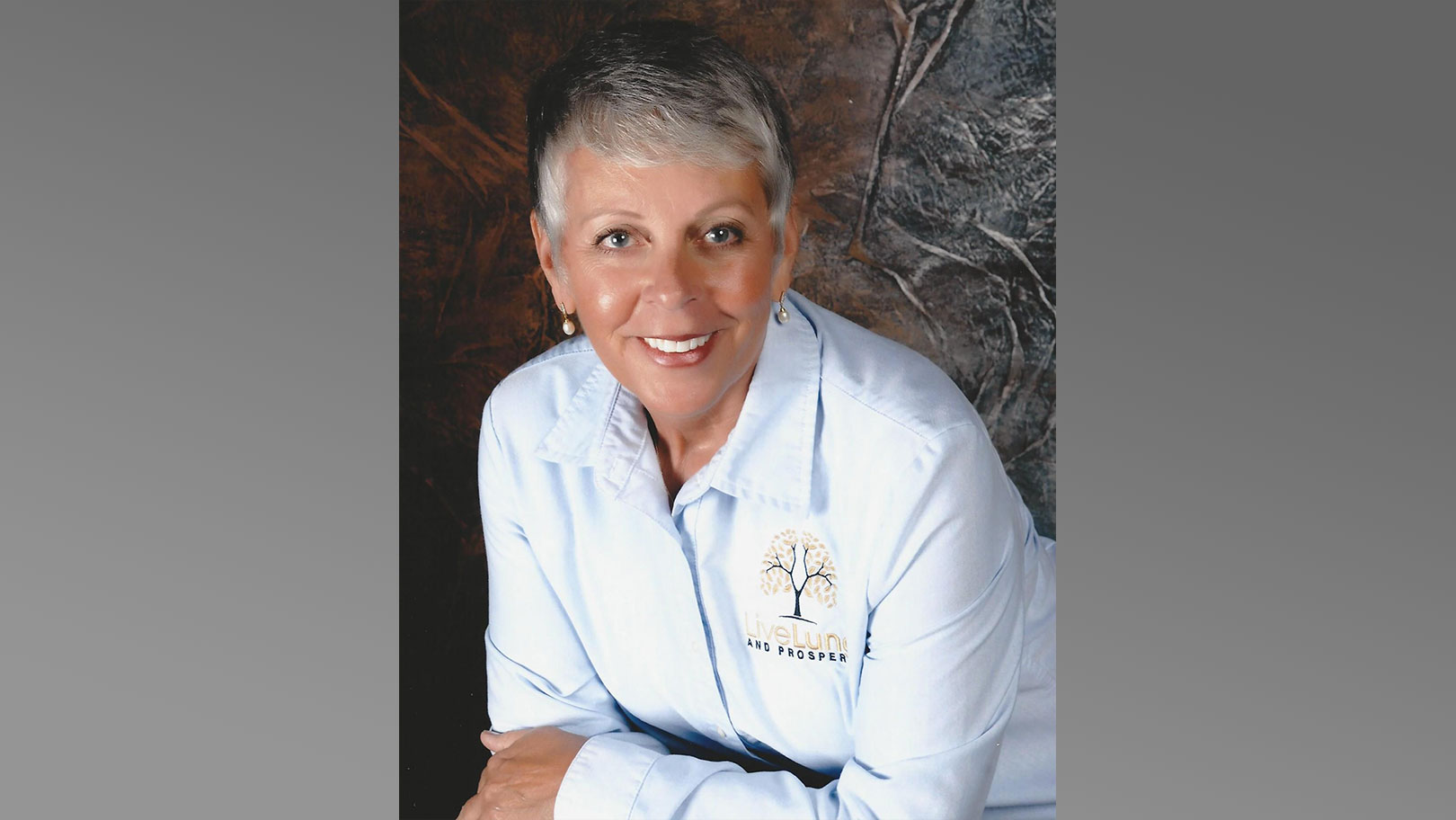Minorities are at significantly higher risk for developing lung cancer than whites, even with the same smoking history. In an attempt to, in part, address this disparity, the U.S. Preventive Services Task Force (USPSTF) proposed more inclusive screening guidelines that lowered the age and smoking history for candidates to qualify for screening.1
Presentation MA05.10, “Performance of draft 2020 USPSTF lung-cancer screening guidelines and potential for use of risk models to reduce racial/ethnic disparities,” examines the potential impact of the proposed revised screening guidelines on racial disparity in screening.
The USPSTF’s proposed changes to lung cancer screening include lowering the age from 55 to 50 and lowering smoking history from 30 pack–years or more to 20 pack–years or more. According to the USPSTF, “Several lines of evidence suggest that screening for lung cancer in persons with lighter smoking histories…and at an earlier age can increase the benefits of screening. As noted, the NELSON trial…provides empiric evidence for the benefit of screening for lung cancer with LDCT in younger persons with lighter pack–year smoking histories.”
Also, USPSTF states that screening younger people with lighter smoking histories may partially help restore racial disparities in screening eligibility. “African Americans have a higher risk of lung cancer compared with whites, and this risk difference is more apparent at lower levels of smoking intensity,” according to the USPSTF.
In addition to the revised USPSTF guidelines designed in part to be more inclusive of minorities, the expanded guidelines are designed to include more women, as well, because women who smoke accumulate fewer pack–years than men who smoke, according to the USPSTF.
Ironically, this study concluded that the revised USPSTF guidelines “may inadvertently increase racial/ethnic disparities” compared to the original guidelines. The study further suggested “Adding high-benefit individuals regardless of race/ethnicity…could improve equity.”
As a long-term lung cancer patient advocate, I applaud the expanded guidelines that have the potential to significantly increase the number of lives saved by early detection. I recognize the imperfections in the USPSTF’s screening guidelines—original and revised versions. Too many patients with lung cancer of all cultures are diagnosed at advanced stages, increasing their mortality risk.
However, no matter how broad and inclusive the guidelines, if those at risk are not made aware of the benefits and availability of lung cancer screening, lives will be lost—unnecessarily.
Impacting minority groups will take much more than relaxing screening guidelines. Perhaps we can learn a lesson from the Center for Disease Control’s recent Covid-19 public service announcements. Who can listen to radio, watch TV, or drive down a highway without seeing public service announcements about what we can do to protect ourselves against Covid-19?
Sensitive public service announcements targeting high-risk minorities could have a far-reaching impact toward reducing disparities in lung cancer screening, resulting in many more lives saved.
Read the post-conference digital WCLC News, to be distributed to all registrants and IASLC members 2 weeks after the conference, for coverage of this abstract.
References:
- U.S. Preventive Services Task Force website. Lung Cancer: Screening. https://www.uspreventiveservicestaskforce.org/uspstf/recommendation/lun…. Accessed January 18, 2020.




